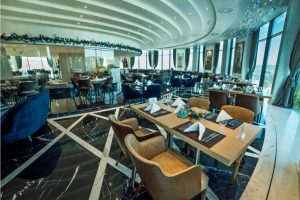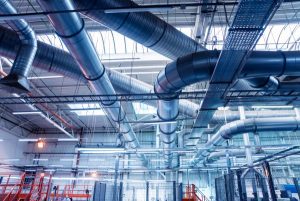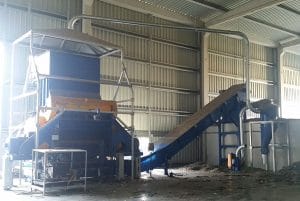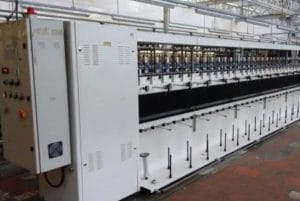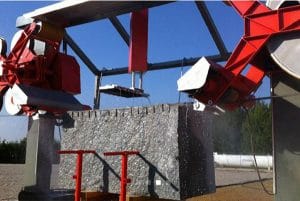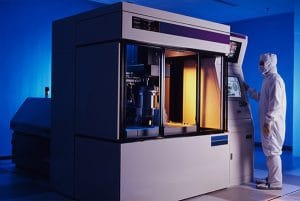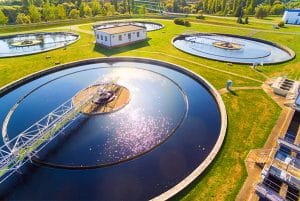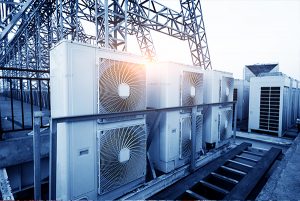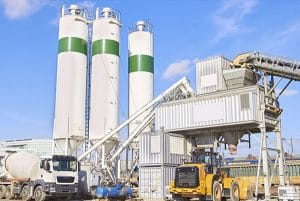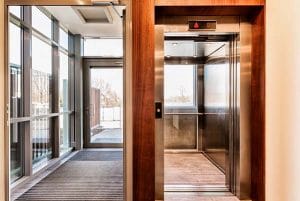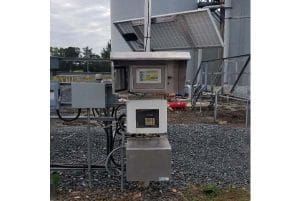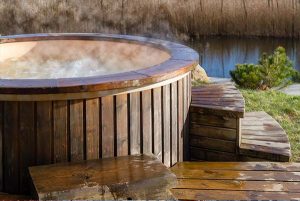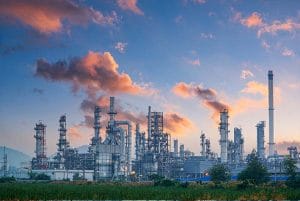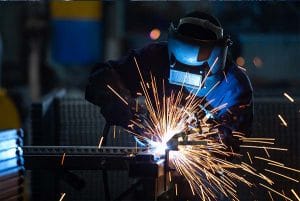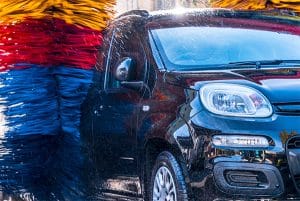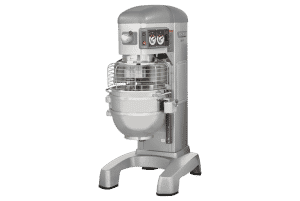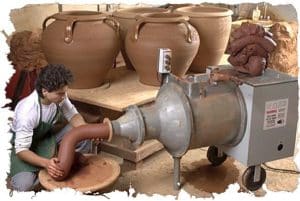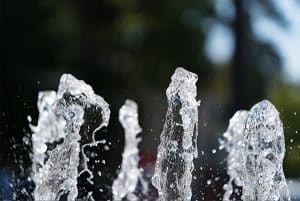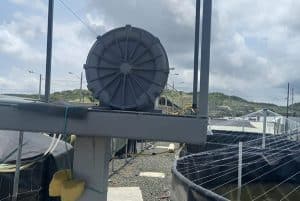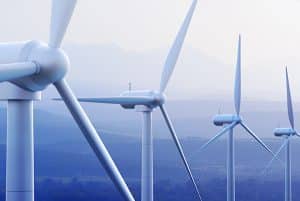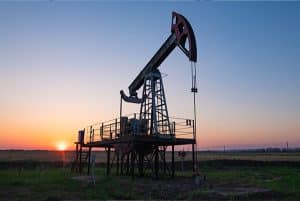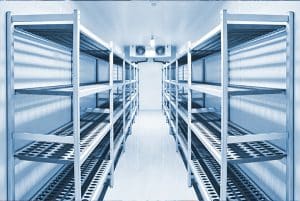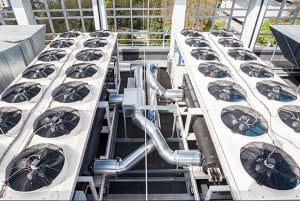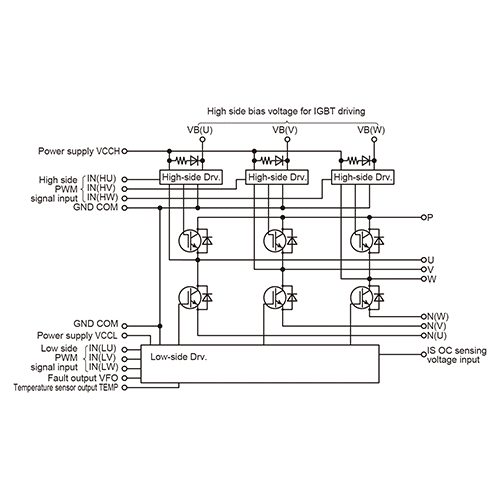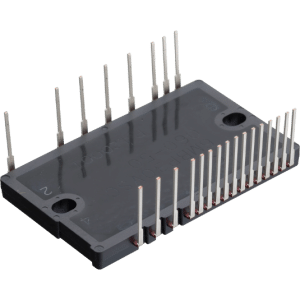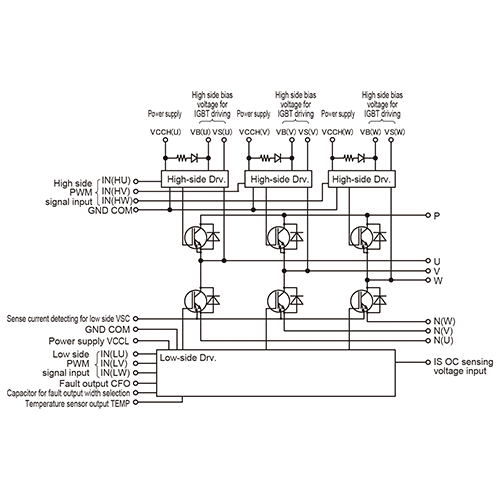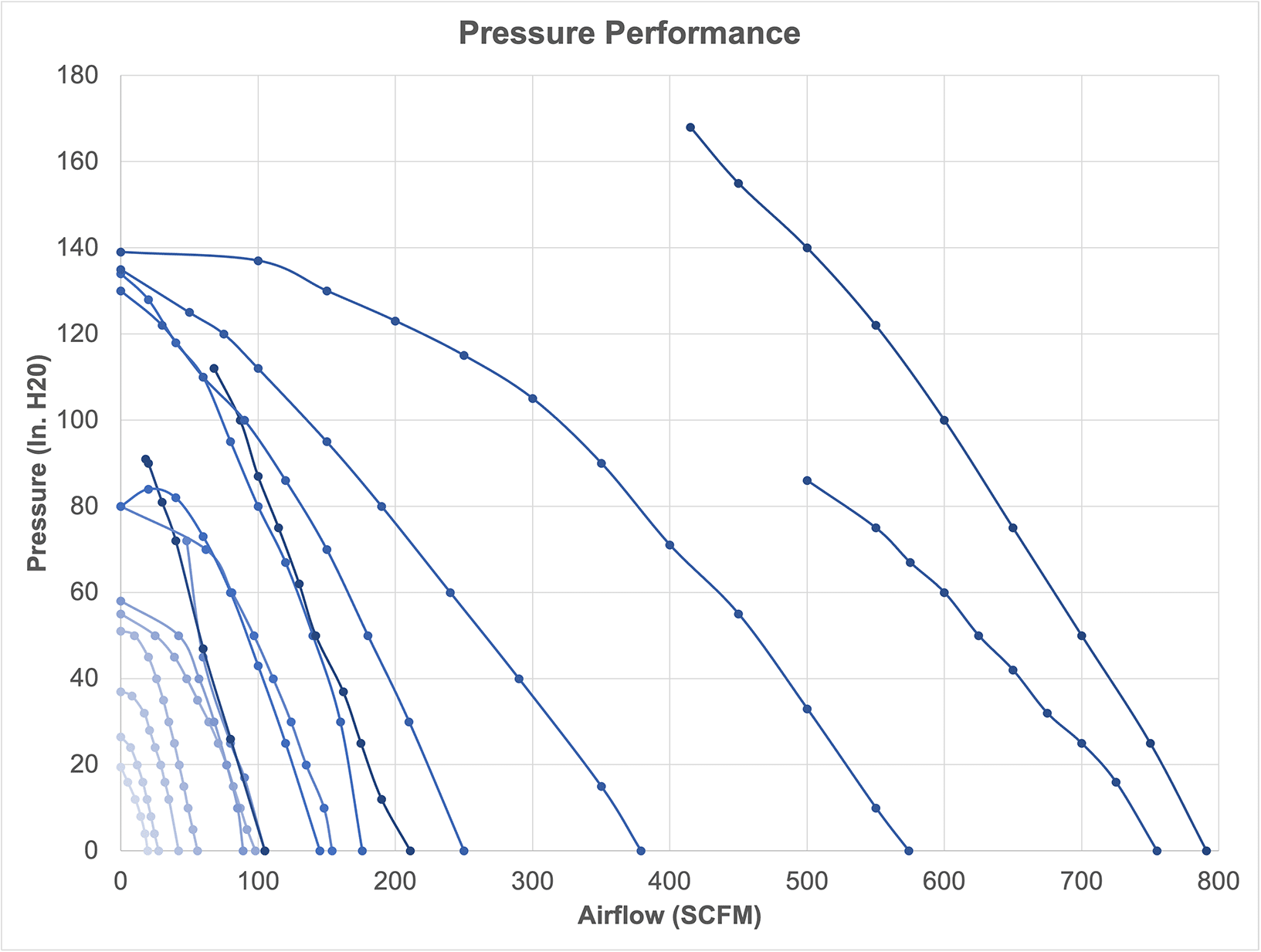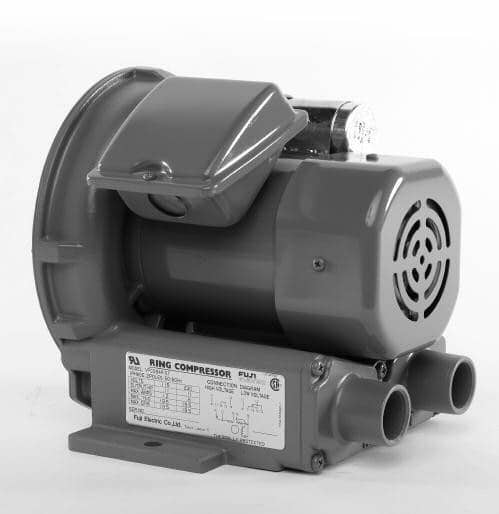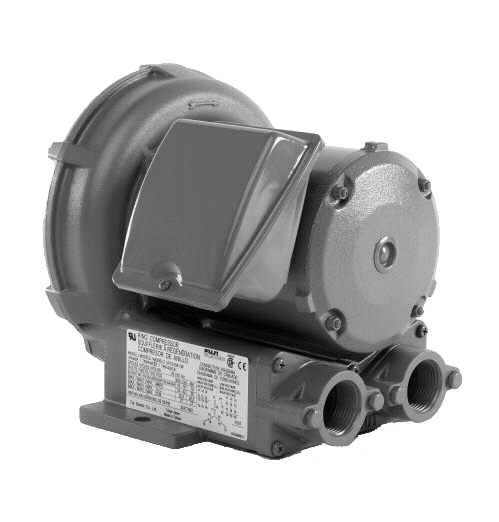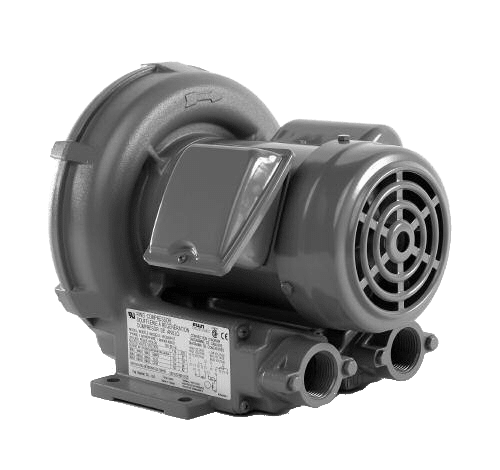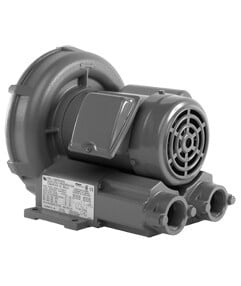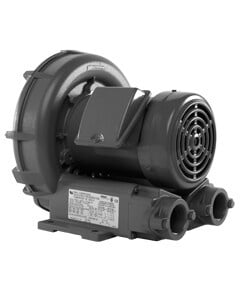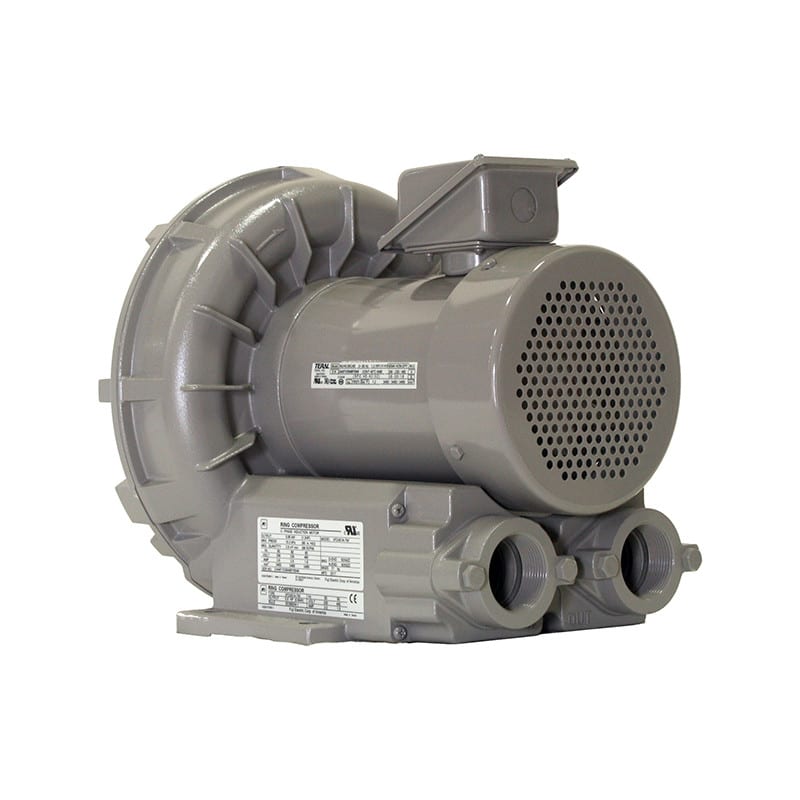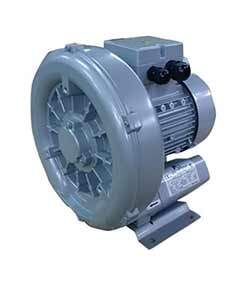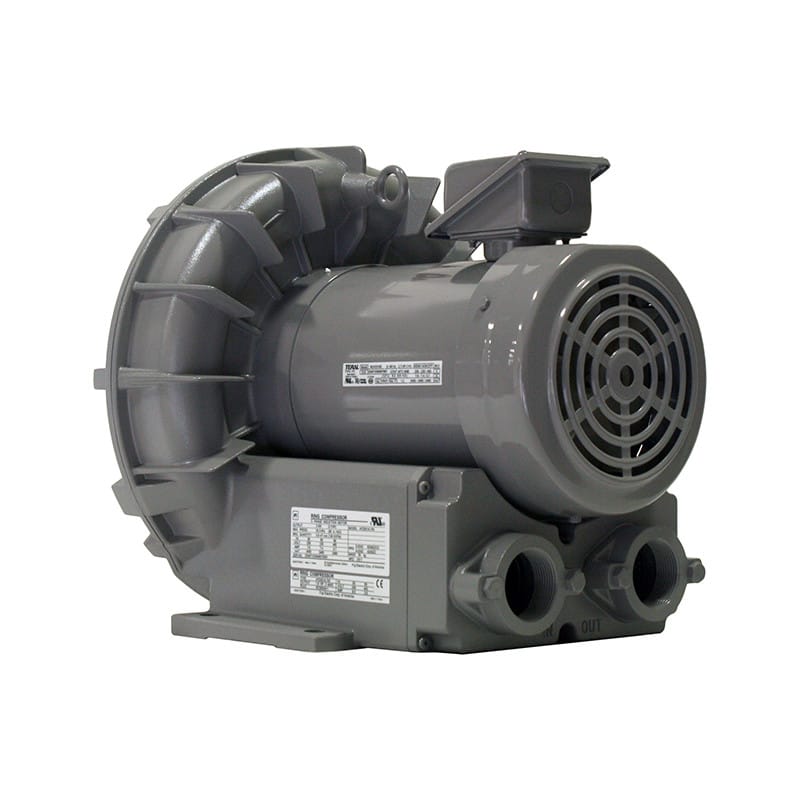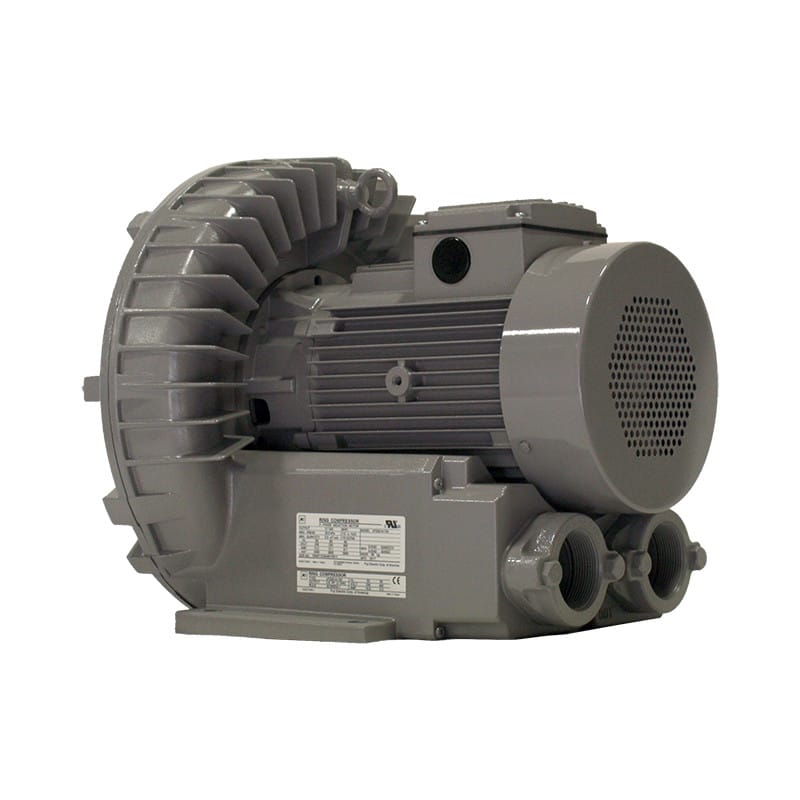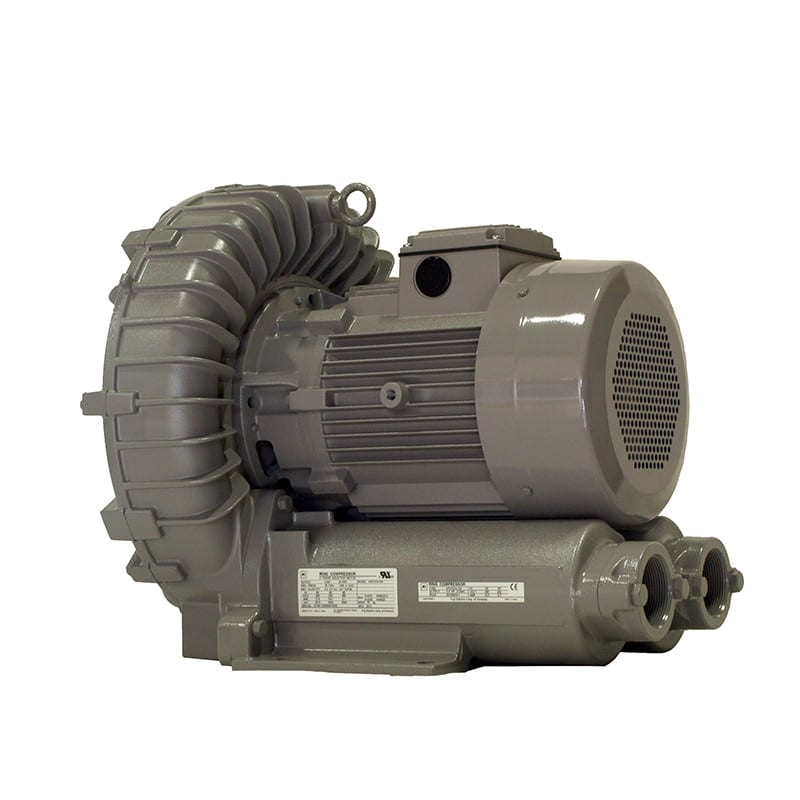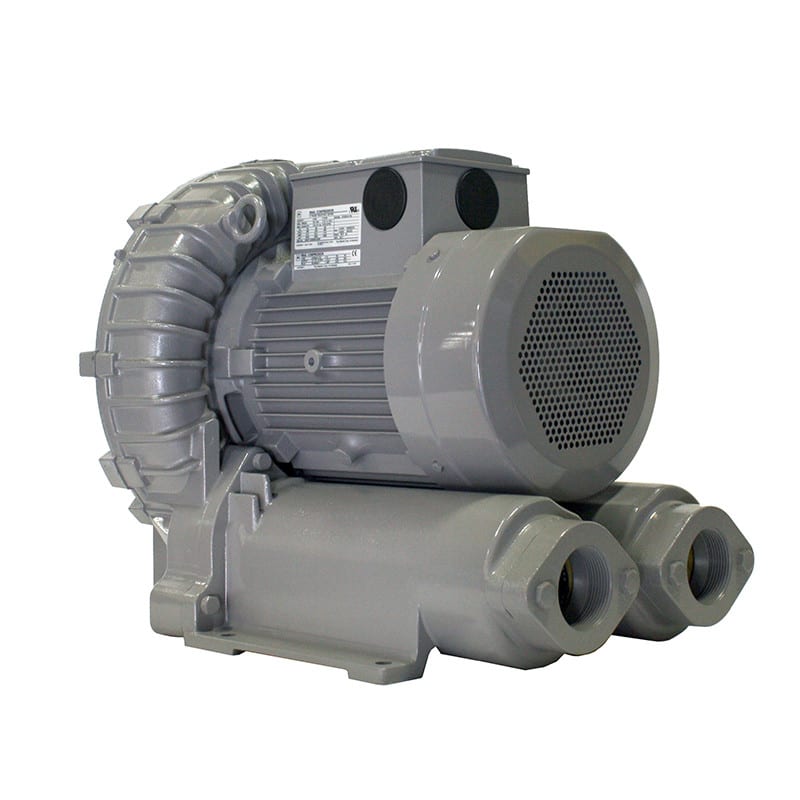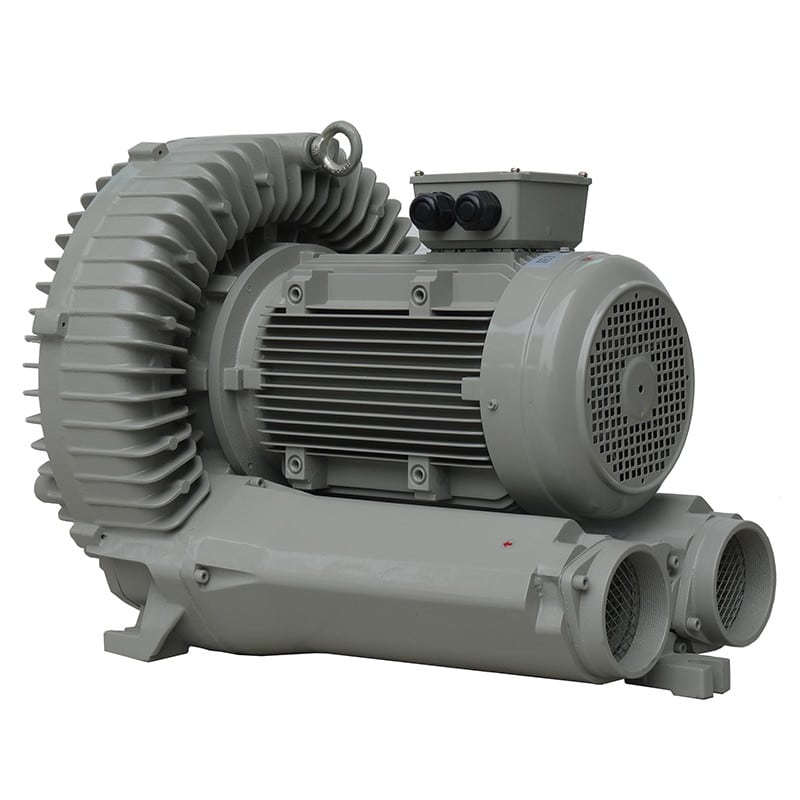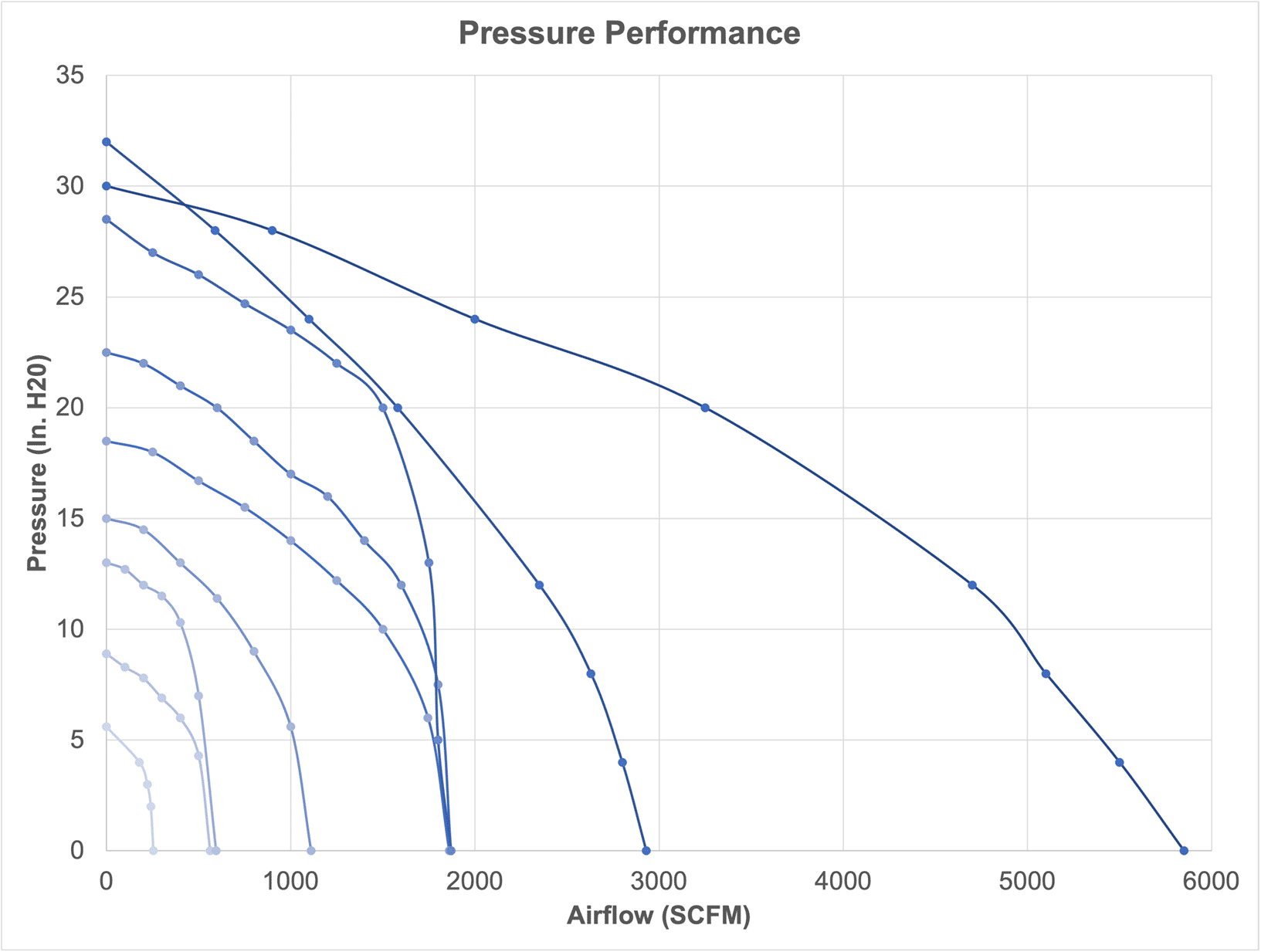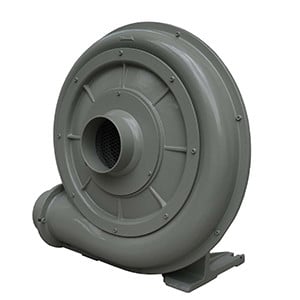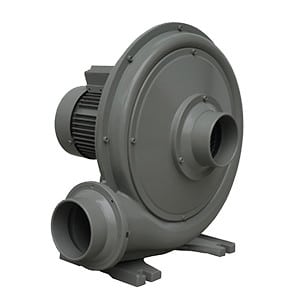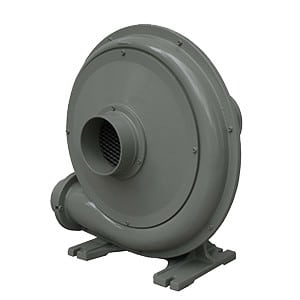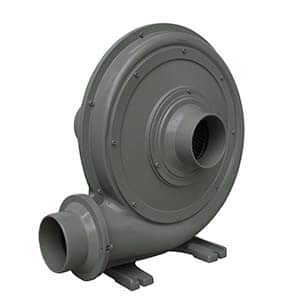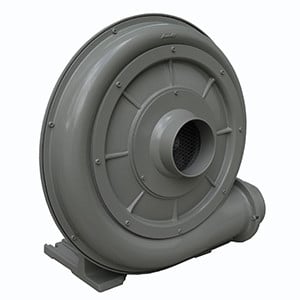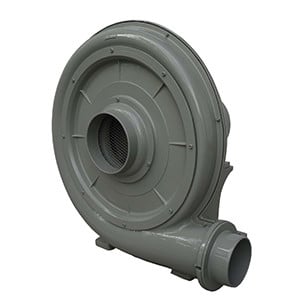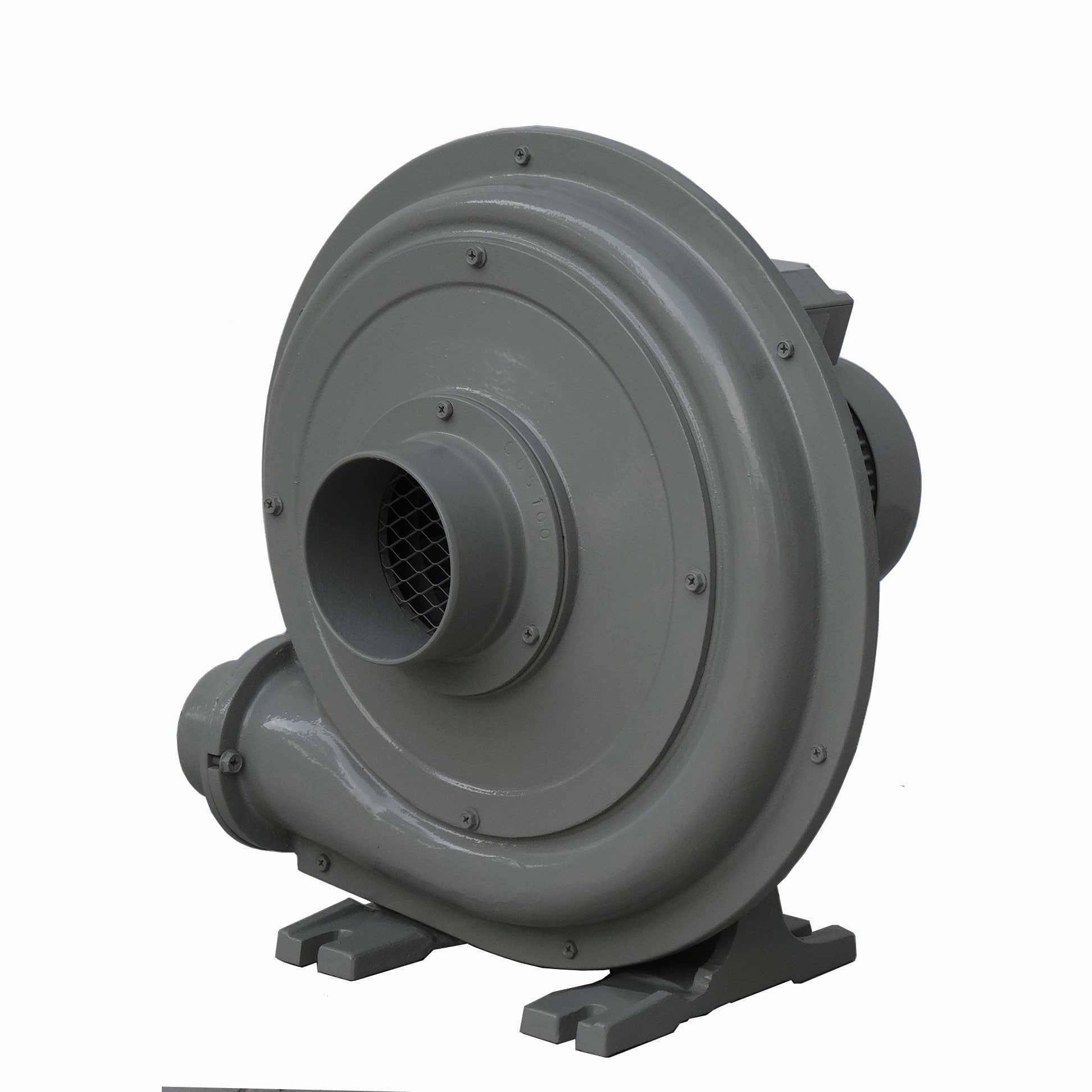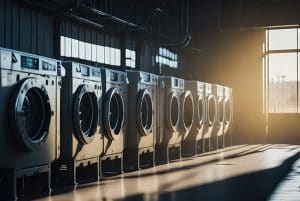The efficiency and performance of Molded Case Circuit Breakers (MCCBs) can be significantly influenced by environmental conditions. Here are the key factors and how they affect MCCB efficiency: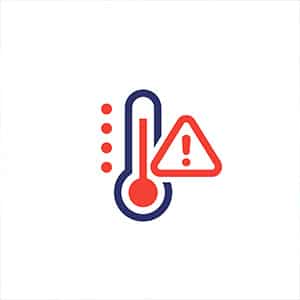
- Temperature
- Impact:
- High ambient temperatures can reduce the current-carrying capacity of an MCCB, leading to derating.
- Low temperatures may cause mechanical components to become less responsive or brittle.
- Solution:
- Choose an MCCB rated for the expected temperature range.
- Use proper cooling or heating solutions for extreme conditions.
- Humidity and Moisture
- Impact:
- High humidity can lead to condensation, which may cause corrosion on internal components and affect electrical insulation.
- Moisture ingress can lead to short circuits or malfunction.
- Solution:
- Use MCCBs with appropriate IP ratings for humid or wet environments.
- Install in climate-controlled enclosures or use heaters in panels.
- Dust and Debris
- Impact:
- Dust can accumulate inside the MCCB, affecting its mechanical operation and electrical contact quality.
- Conductive dust can cause arcing or short circuits.
- Solution:
- Use dust-tight enclosures or MCCBs with a high IP rating.
- Perform regular cleaning and maintenance.
- Vibration and Mechanical Shock
- Impact:
- Excessive vibration or mechanical shock can misalign internal components, affecting tripping mechanisms or contact operation.
- Solution:
- Securely mount the MCCB to reduce vibration.
- Use vibration-resistant MCCBs for applications with high mechanical stress (e.g., industrial machinery or transportation systems).
- Altitude
- Impact:
- At high altitudes, reduced air density decreases the cooling effect, requiring derating of the MCCB.
- Reduced insulation properties of air at high altitudes may increase the risk of arcing.
- Solution:
- Derate the MCCB according to the manufacturer’s guidelines for altitude.
- Use MCCBs specifically rated for high-altitude applications.
- Corrosive Environments
- Impact:
- Exposure to corrosive gases, chemicals, or salt can damage MCCB materials, leading to reduced reliability and lifespan.
- Solution:
- Use MCCBs with corrosion-resistant materials or protective coatings.
- Install in sealed or specially treated enclosures.
- Voltage and Power Quality
- Impact:
- Voltage fluctuations, harmonics, or surges can affect the accuracy of the MCCB’s trip unit, potentially leading to false trips or failure to trip during faults.
- Solution:
- Use MCCBs with advanced trip units designed to handle power quality issues.
- Install surge protection devices (SPDs) for environments with frequent voltage surges.
- Electromagnetic Interference (EMI)
- Impact:
- High levels of EMI or radio frequency interference (RFI) can disrupt electronic trip units in MCCBs.
- Solution:
- Use MCCBs with shielding against EMI/RFI.
- Avoid installing MCCBs near high-frequency equipment or use EMI filters.
- UV Radiation
- Impact:
- Prolonged exposure to UV light can degrade the plastic casing of MCCBs, reducing their mechanical strength and insulation properties.
- Solution:
- Install MCCBs in UV-protected enclosures or shaded locations.
- Aging and Wear
- Impact:
- Environmental stressors like temperature fluctuations and exposure to pollutants can accelerate material aging.
- Over time, this can reduce the MCCB’s ability to trip accurately and consistently.
- Solution:
- Perform periodic testing and maintenance to ensure proper operation.
- Replace MCCBs as they approach the end of their lifecycle.
- High Fault Current Levels
- Impact:
- Environments with high fault current potential can strain MCCBs, potentially exceeding their interrupting capacity.
- Solution:
- Choose MCCBs with an interrupting rating suitable for the fault level of the system.
Summary of Environmental Factors
| Environmental Condition | Impact | Solution |
| Temperature | Derating or mechanical issues | Select temperature-rated MCCBs, provide cooling/heating. |
| Humidity and Moisture | Corrosion, insulation failure | Use high IP-rated MCCBs, sealed enclosures. |
| Dust and Debris | Mechanical and electrical issues | Install in dust-tight enclosures, clean regularly. |
| Vibration and Shock | Misalignment, tripping failure | Use vibration-resistant MCCBs, secure mounting. |
| Altitude | Reduced cooling, arcing risk | Derate MCCBs, use high-altitude-rated models. |
| Corrosive Environments | Material degradation | Use corrosion-resistant MCCBs, sealed enclosures. |
| Voltage and Power Quality | False trips, failure to trip | Use advanced trip units, install SPDs. |
| Electromagnetic Interference | Disruption of trip units | Shield MCCBs, avoid high EMI areas. |
| UV Radiation | Casing degradation | Protect with UV-resistant enclosures. |
| Aging and Wear | Reduced reliability | Regular maintenance and timely replacement. |
Environmental conditions such as temperature, humidity, dust, vibration, and altitude can significantly impact the efficiency and reliability of MCCBs. Selecting the right MCCB for the specific environment, combined with proper installation and maintenance practices, ensures optimal performance and safety.


